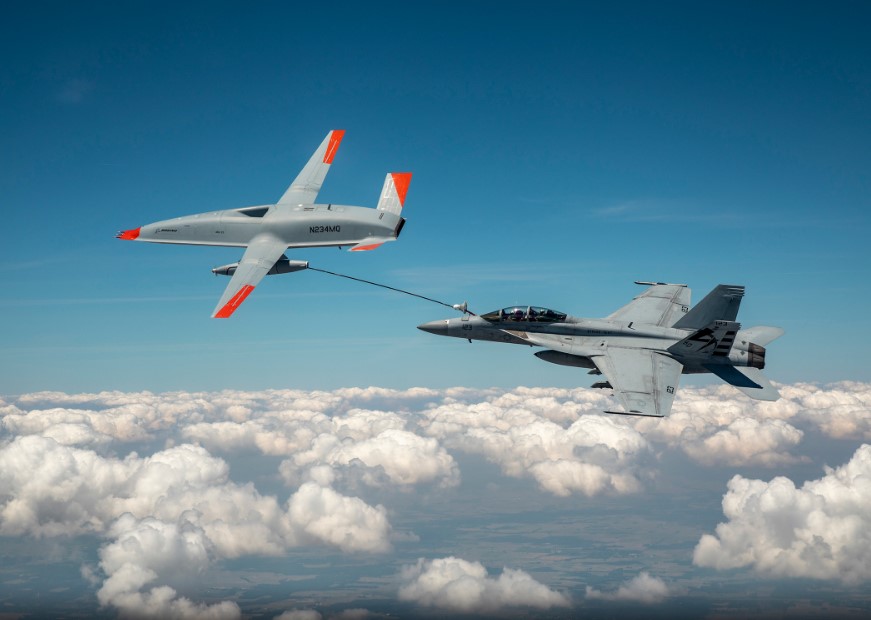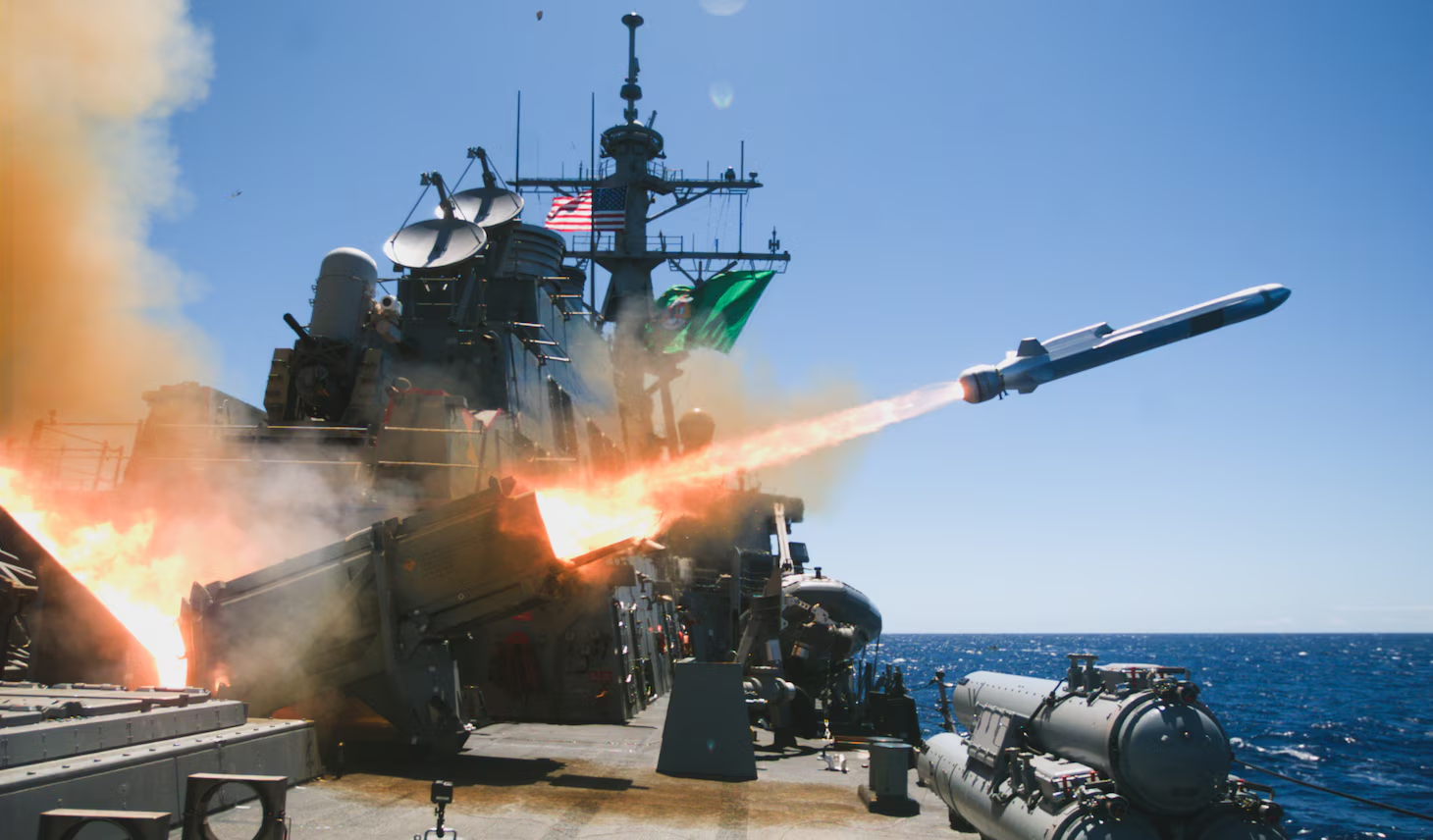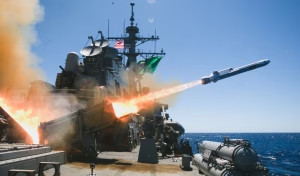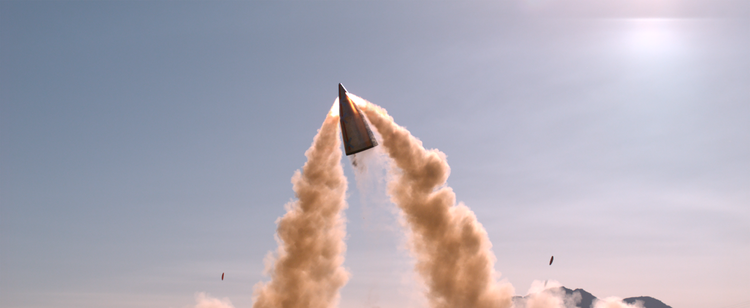NATIONAL HARBOR, Md. – The commander of Naval Air Systems Command (NAVAIR) this week warned a lot of work is still required with the new MQ-25 Stingray unmanned carrier-based tanker aircraft in order to conduct a first test flight as planned this year.
“There’s a lot of confidence in MQ-25 in ‘25. There is a ton of work to get MQ-25 in ‘25…There’s a lot of work right now. A lot of tough discussions are going to have to happen over the next couple months for us to fly that thing in 2025,” Vice Adm. Carl Chebi said here Tuesday during a panel discussion at the annual 2025 Sea-Air-Space expo.
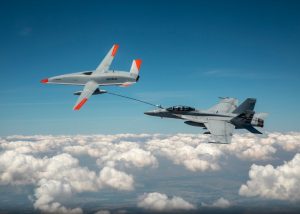
He underscored that these tough discussions will be if they can identify the barriers to the test flight and raise them to the appropriate level to remove them and change the timeline when need be.
“With tough discussions where we identify the barriers and raise those to the appropriate levels, and we can remove those barriers or make the tough decisions. Is that truly a requirement? Do I need to do that test before I field it or can I do it later? Those discussions must occur.”
Chebi thinks those kinds of decisions are currently “happening at too low a level, and we have too many folks saying no who don’t have the authority to say yes.”
The commander of NAVAIR said once they get past those issues, the necessary integration of MQ-25 into the force will become the “pathway for unmanned systems into the air wing.”
The MQ-25 is meant to replace the current F/A-18E/F Super Hornets that are dedicated to tanking duties, which will then be freed up for striking and training missions.
Chebi said the Stingray will ultimately lead to future capabilities to complement the F/A-XX as a sixth-generation fighter “with things like collaborative combat aircraft and other large unmanned systems that we’ll see out into the 2040s.”
Dan Gillian, Boeing [BA] vice president and general manager for air dominance and senior site executive promised MQ-25 will fly in 2025 “because the airplane’s telling us it’s ready to go fly, and airplanes will tell you when they’re ready to go fly. And this one is certainly ready to do that.”
He admitted the MQ-25 has had challenges up to now.
“We’ve learned a lot about how to build a digital platform of that complexity from the ground up. Rolled that learning into MQ-25 and all the things we’re working on now.”
He confirmed the MQ-25 test flight is set to occur at the company’s facility at Mid-America St. Louis Airport in Illinois.
“We’re really excited about it, and the program is building momentum each and every day. And when we fly this airplane later this year, it will be the safest, best unmanned airplane that we’ve ever produced. And we’re really excited to get it to the boat next year and to get it fielded for you to do the work it needs to do straight away.

In January, commander of Naval Air Forces and Naval Air Force – U.S. Pacific Fleet, known as the Navy Air Boss, confirmed the MQ-25 is planned to test fly off a carrier next year (Defense Daily, Jan. 28).
The Navy plans to buy 76 Stingrays at a total cost of about $1.3 billion.
The Navy first awarded Boeing an $805 million engineering and manufacturing development (EMD) award in 2018 to design, develop, build, test and verify the first four MQ-25s (Defense Daily, Aug. 30, 2018).
The MQ-25 has been delayed several times, with a 2023 DoD Inspector General Office report noting the schedule was pushed back largely due to production maturity issues and more testing needed before moving to production (Defense Daily, Nov., 27, 2023)
Relatedly, Rear Adm. Michael Donnelly, director of the Air Warfare Division (N98) at the Office of the Chief of Naval Operations argued that he thinks the most complex part about adding the MQ-25 will not be its mission sets, but helping the Navy figure out how to integrate unmanned systems generally with manned systems in an aircraft carrier operating environment.
“So that’s going to be a lot of essential learning, and going to allow us then to proceed very rapidly in what we are working, albeit behind, in partnership with the Marines and with the Air Force, and what they will be demonstrating very shortly here with collaborative combat aircraft.”
